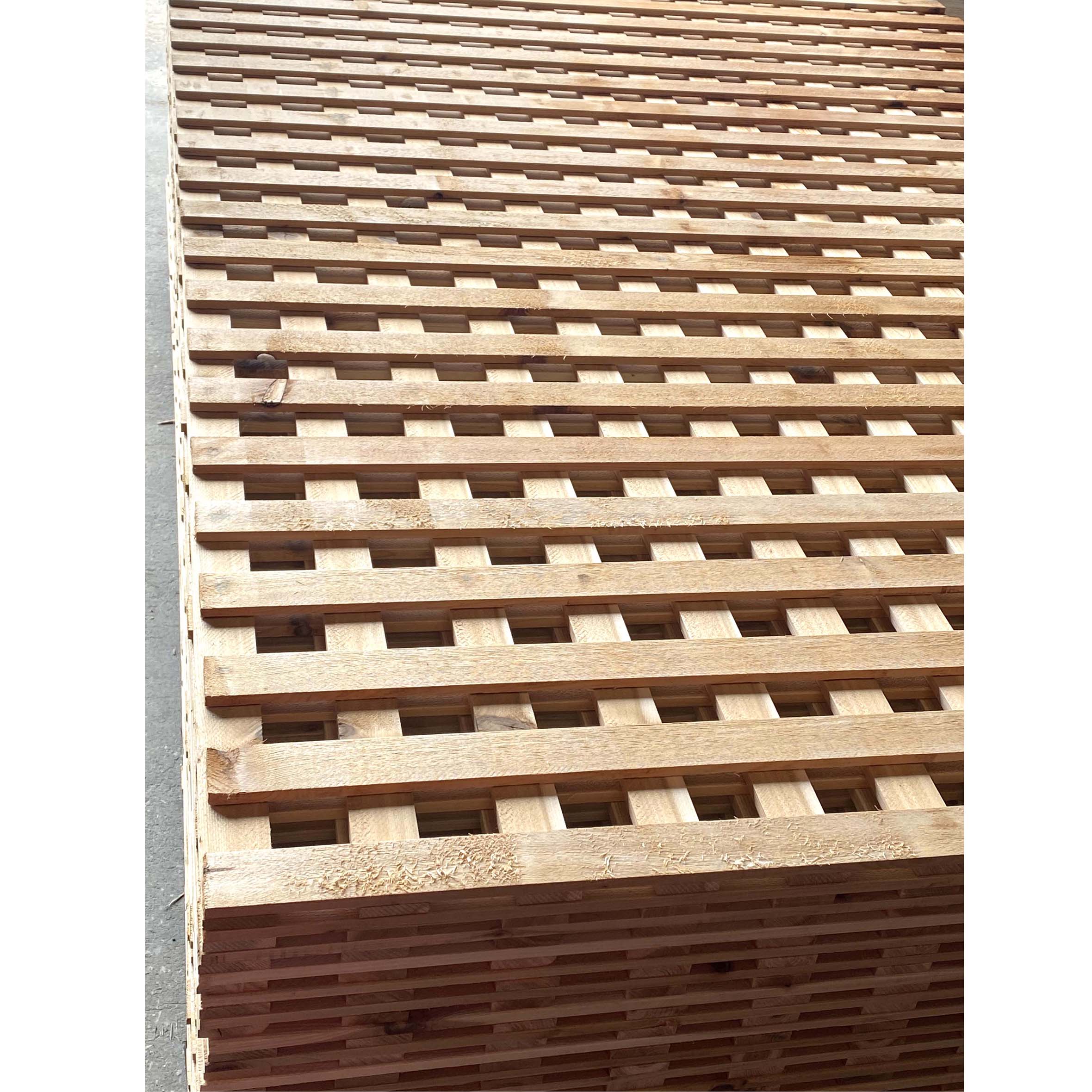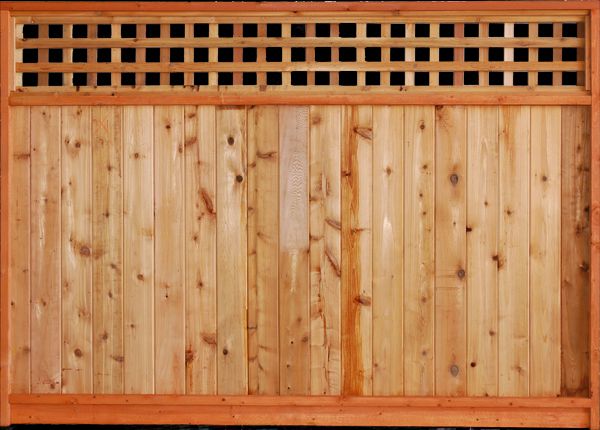

There are plenty of images of these fences but few tutorials, which is why I was excited to find yours suggestions. Thanks for the reply-& spot on! I saw lots of these fences around PDX but they're not common-actually they're not even known-where I am now (Wisconsin) so just trying to figure out some of design and material pitfalls before I dive in. Air gun for fastening lattice caps to posts/rails - nailing these by hand is a pain.It is important to start each panel in exactly the same place on a sheet so that the horizontal wires all line up!
#4 x 8 cedar lattice panel how to#
See picture in this step to see how to maximize the number of panels to be cut from a sheet.

These are called everything from hog panels, to sheep panels, to utility panels - the important thing is to get 4" squares to meet code. I purchase panels that are 4' x 16' with 4" squares. This can be tricky to find, try a farm supply store. If you can't find pre-made lattice caps, try buying 1x3 cedar and routing a channel down the middle Rule of thumb is 5 x 8' lattice caps will make 3 x complete fence panels (3 caps for the horizontal frames, 2 caps for vertical frame pieces).

I aassume the joists are already in place, and you have the deck boards. The most important thing to remember is that the highest point of the deck needs the lowest rail - in this design 36" - lower parts of the deck will have a higher rail height as the rail stays level and the deck undulates!

#4 x 8 cedar lattice panel code#
I won't go into construction techniques to meet building code, especially for things like fastening the railing posts to the joists (hint - use Simpson Strong Tie DTT2Z Deck Post Connectors) - this design does conform to general code requirements:Īs with any deck project, expect that your deck is not level, and make provisions when you construct the rail.


 0 kommentar(er)
0 kommentar(er)
